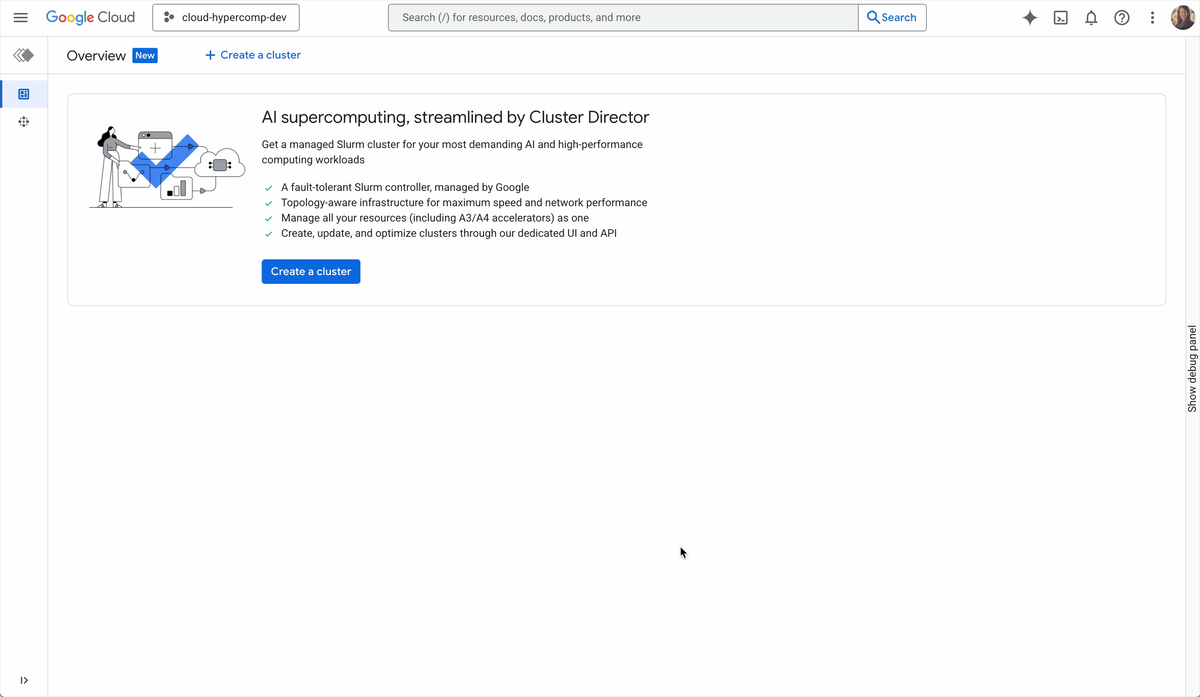GCP – How Altice Labs enhanced API management with Google’s Application Integration
Editor’s note: Today we hear from Altice Labs, which leads research and development for telecom & business markets within Altice Group. The team builds cutting-edge telecommunications solutions that help Altice Group’s operating companies connect with over 500 million people worldwide — across video, broadband, mobile, and enterprise services.
While the existing IT infrastructure in our operating companies is robust, it’s also complex, comprising a growing number of legacy components and intricate workflows managed by an enterprise service bus (ESB). This complexity hinders our ability to rapidly launch new offerings and features. To overcome these challenges, we
Built APIs to streamline communication with fragmented systems
Ensured precise control and protection for these APIs using Apigee API Management
Orchestrated complex integration flows, data mappings, and error handling using Application Integration
The introduction of Application Integration, in particular, has really helped us manage complexity. Application Integration is Google Cloud’s Integration Platform as a Service (iPaaS) that automates business processes by connecting any application — both home-grown and third-party SaaS — with point-and-click simplicity. Its intuitive interface lets you build complex flows, map data, and streamline operations with pre-built tasks and triggers.
We became early adopters of Application Integration, applying it in scenarios where orchestration, asynchronous processing, error handling, and state management are crucial.
One common process at our operating companies, for instance, is creating a billing account, which involves multiple backend systems. With Application Integration, the consumer (the internal application or component) interacts with a single API. Application Integration handles the orchestration and error management, ensuring data consistency — even across different systems — without exposing the API consumer to the underlying complexity. This avoids the need for manual cleanup, which would not be scalable for us.
A deeper dive into our integration strategy
Today, we continue to use Apigee to manage API traffic and security policies. But for complex integrations, we use Application Integration. This new architecture manages APIs for systems including CRM, identity management, shopping carts, and modules, supporting the customer journey, billing, and usage charging. It also involves components for operations and support, such as business support systems (BSS), operational support systems (OSS), service quality, and call centers.
Application Integration is really helpful in scenarios that require asynchronous processing. For instance, if an API consumer initiates a process that takes significant time, it won’t have to wait for the process to complete; Application Integration allows the process to run in the background (asynchronously) and sends a callback when it’s done.
There are also cases where the producers send synchronous responses, but the consumer awaits an asynchronous response. Application Integration maintains the state of the process while handling both synchronous and asynchronous responses.
Making an impact at Altice Group
The new IT architecture at Altice Labs allows for the agile creation, pricing, and management of various services run by Altice Group’s operating companies. The platform supports the entire customer journey, from discovering and subscribing to a service, through usage, support, and eventually, service termination or migration. This end-to-end management is crucial for maintaining service quality and customer satisfaction.
Initial phases of this project took place in Portugal, and we’re planning several phases in other countries as well. When complete, operating company business teams worldwide will be able to define and introduce new offerings to customers more efficiently and with less effort.
Read More for the details.



